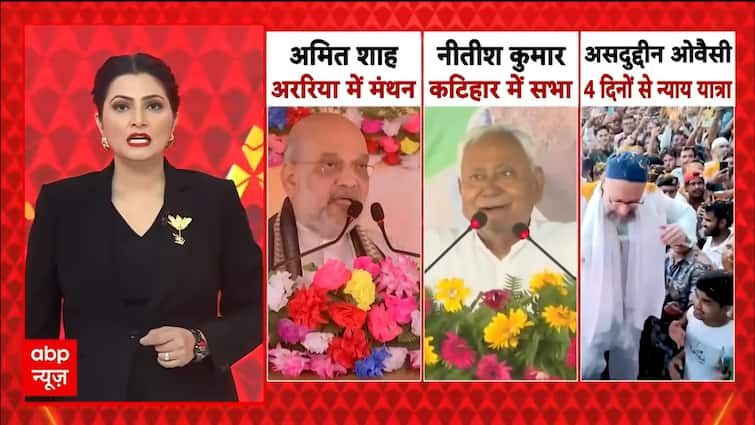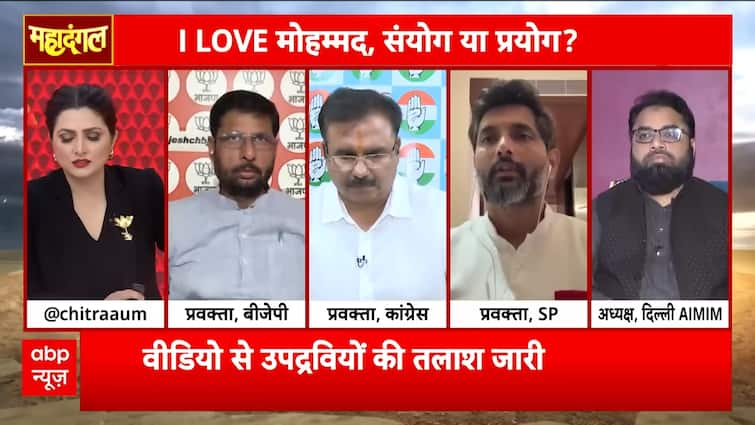The Seemanchal region of Bihar, though comprising only four districts, plays a decisive role in state politics due to its nearly 50% Muslim population. This demographic balance has made Seemanchal a hub of political polarization, attracting attention from all major parties ahead of the upcoming elections. Union Home Minister Amit Shah visited Araria, where he addressed BJP workers and finalized strategies for 152 constituencies across 21 districts. He presented the party’s “3M plan” – Modi, Mahila (women), and Mandir (temple) – as the central formula for victory. Shah also attacked the opposition, accusing the Congress and RJD of “protecting infiltrators” while pledging strong action on national security. Simultaneously, Chief Minister Nitish Kumar campaigned in Katihar, launching development projects worth ₹406 crore. Over the past week, he has toured nine districts, stressing his government’s developmental achievements. However, his controversial remarks about RJD chief Lalu Prasad Yadav triggered sharp criticism from Lalu’s daughter Rohini and RJD leader Tejashwi Yadav, deepening political rifts. Meanwhile, AIMIM leader Asaduddin Owaisi wrapped up his four-day “Nyay Yatra” with several rallies in Muslim-majority constituencies. Drawing significant crowds, Owaisi accused Prime Minister Modi of neglecting Seemanchal’s healthcare, infrastructure, and connectivity needs. His growing influence threatens to disrupt Bihar’s traditional caste and coalition equations.



